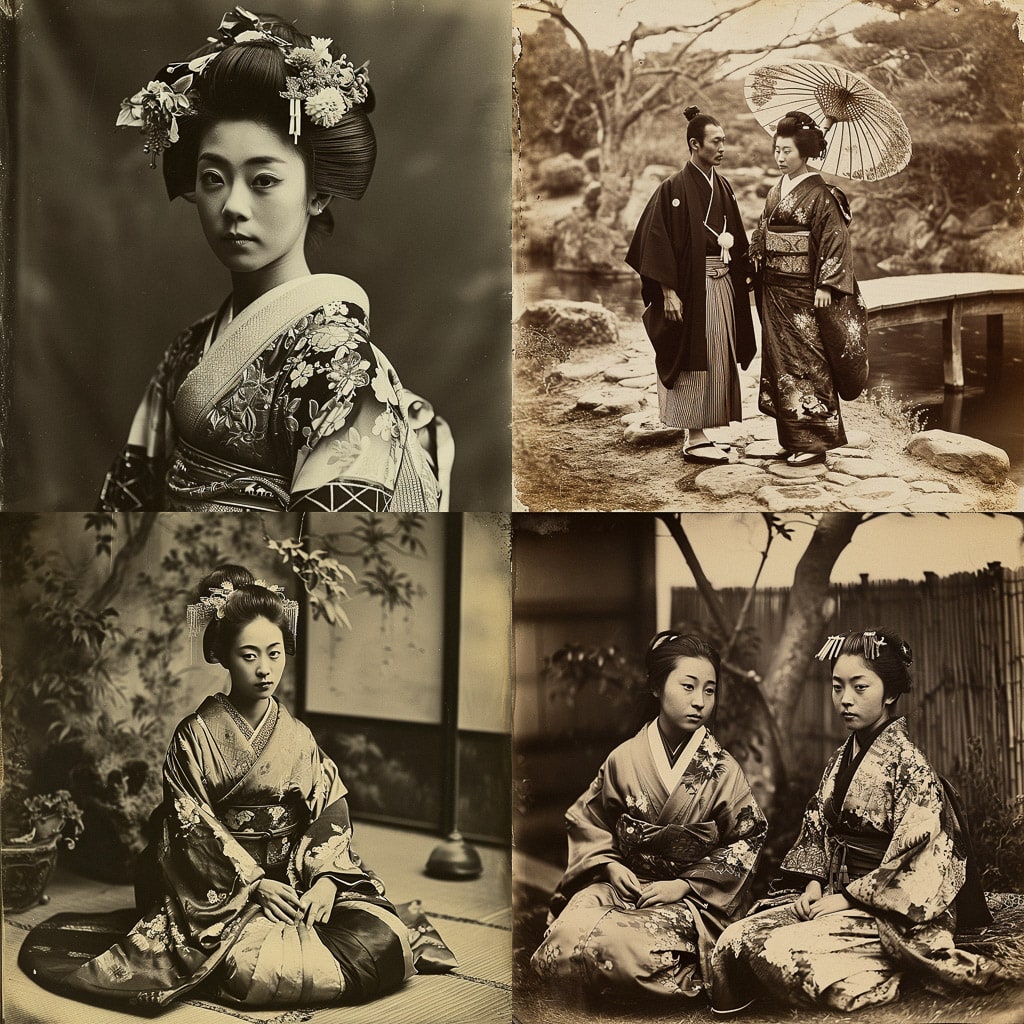Photography of the Meiji Period (1868–1912) in Japan marks a significant transition from the isolationist policies of the past to the embrace of Western influences. This era witnessed the introduction of photography into Japanese culture, bringing about profound changes in how people documented life and the landscape.
The Meiji Period photography is characterized by its blend of traditional Japanese aesthetics and Western photographic techniques. Japanese photographers began to experiment with composition, light, and perspective, creating a unique visual language that reflected the spirit of the time.
The photographs from this period capture the modernization of Japan, showcasing the construction of railways, the development of cities, and the introduction of Western clothing and customs. They also document the natural beauty of Japan, from the serene landscapes to the vibrant street scenes.
Meiji Period photography played a crucial role in shaping the national identity of Japan during a period of rapid change. It continues to inspire artists and photographers today, serving as a reminder of Japan's rich cultural heritage and its journey towards modernization.

